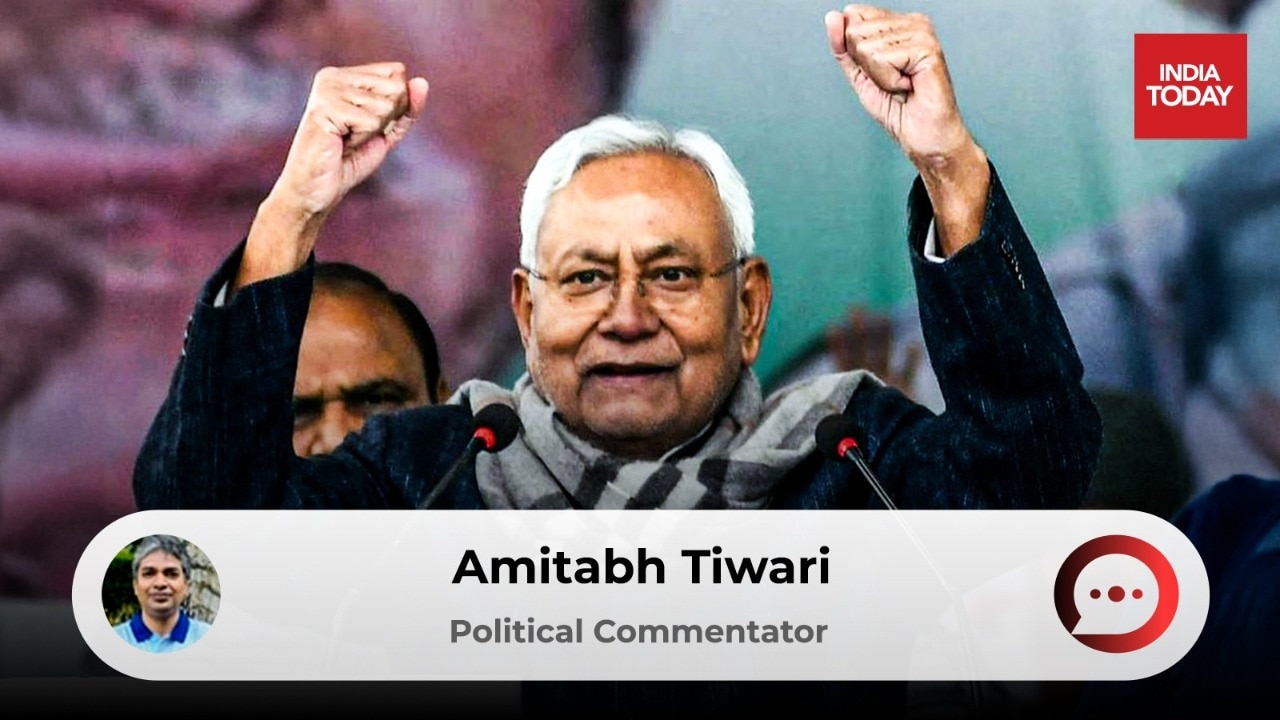The mahila voter has transformed from a passive participant to an active kingmaker — and this is especially true in Bihar. Since Nitish Kumar assumed power, there has been a dramatic shift in voting patterns in the state, with women voting in higher numbers than men. The gap ranges between five and six percentage points, a sustained difference that has fundamentally altered the state's political calculations.
Women voters prioritise issues such as safety, security, education, healthcare, employment opportunities, and social welfare schemes. Research even suggests that women tend to be more caste-neutral in their voting patterns, focusing on tangible benefits and governance rather than traditional identity markers such as caste or religion. And this has been fairly evident in Bihar.
The state government's targeted schemes played a crucial role in mobilising women.
Continue Reading on India Today
This preview shows approximately 15% of the article. Read the full story on the publisher's website to support quality journalism.
